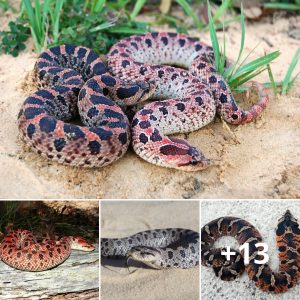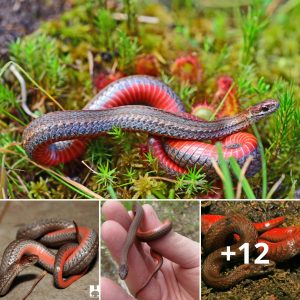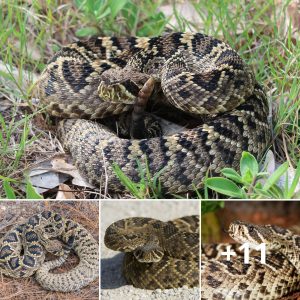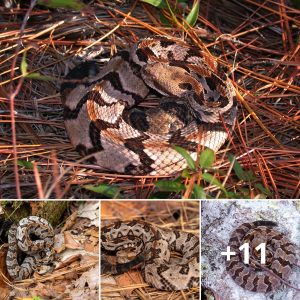Banded Water Snake: Unveiling the Striking Patterns of a Water Dweller

Nerodia fasciata
Description: Banded water snakes are heavy-bodied snakes with brown or grayish backs marked by reddish to dark brown crossbands extending the entire length of the body. They have scatterings of square spots on their belly scales. This species also has a dark band stretching from the eye to the corner of the jaw, distinguishing them from their close relative the northern water snake. Some old individuals become very dark and are often mistakenly identified as cottonmouths and killed. The young have markings similar to those of the adults, except that they are more boldly marked.
Feeding/Diet: Banded water snakes feed on a variety of prey including fish, frogs, tadpoles, and salamanders. It does not constrict or subdue its prey but just catches it and swallows it whole.
Habitat/Range: They are common in all types of freshwater aquatic environments in the Coastal Plain of North Carolina, but are most abundant in marshes and ponds.
Reproduction: Like other water snakes, females grow larger than males and give birth to 9–57 young in late summer or early fall.
Miscellaneous: Where the Coastal Plain and Piedmont meet, these snakes will frequently hybridize with northern water snakes, and distinguishing the two species is often difficult. When threatened, banded water snakes flatten their bodies to appear bigger, emit a foul musk from their anal glands, and bite repeatedly. When they bite, they often slash sideways, tearing the flesh of their attacker.

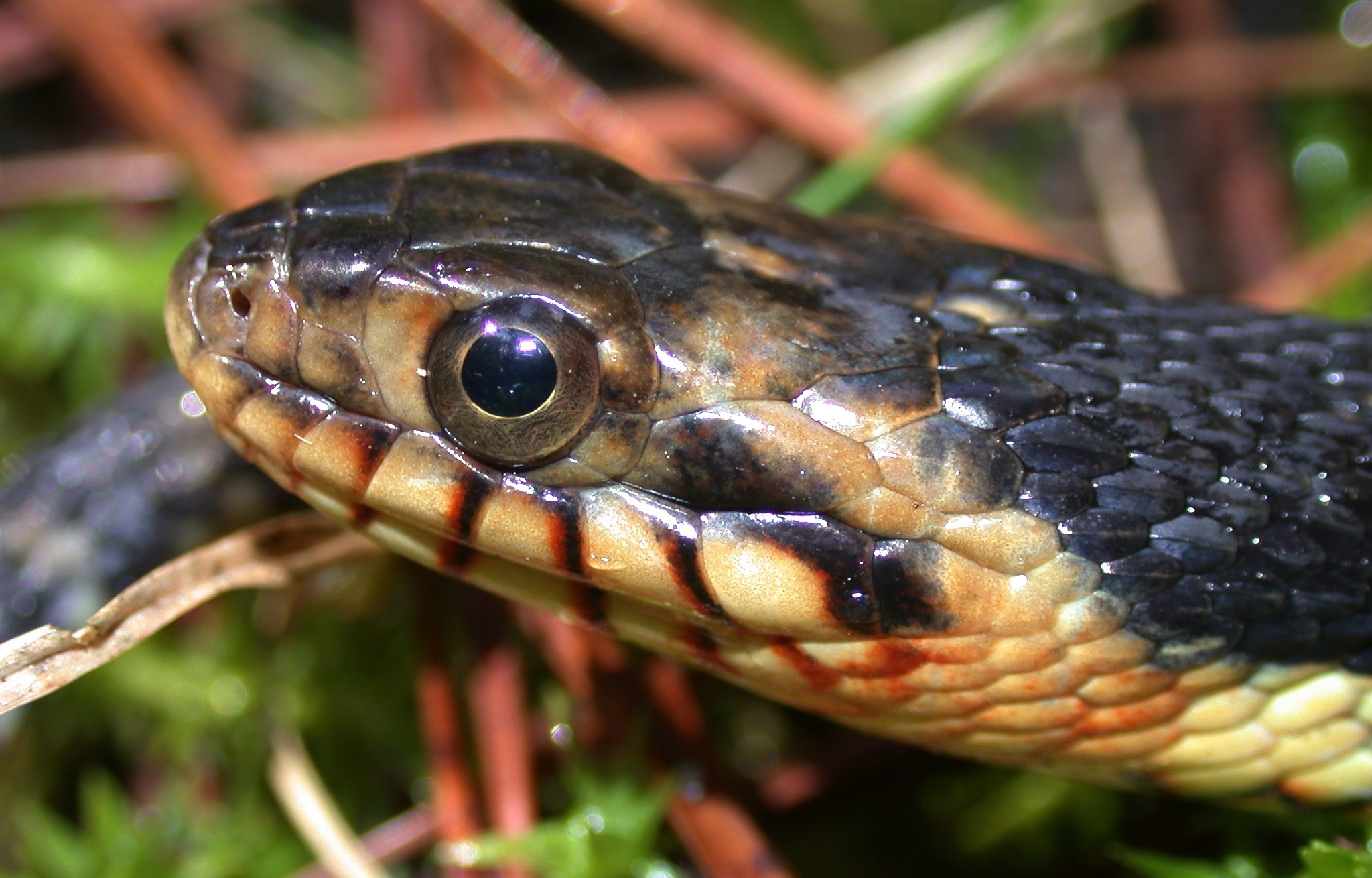


Photo by RW Van Devender


